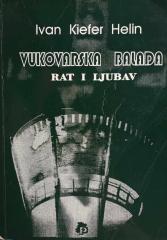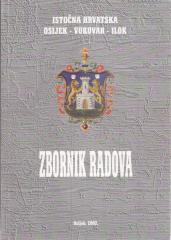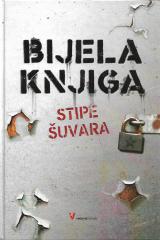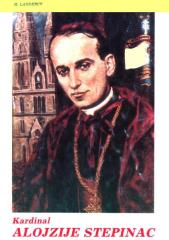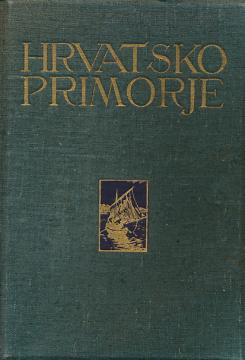
Hrvatsko Primorje
"Croatian Primorje in the literal sense of the word includes the western side of the former counties of Modruška-Rijeka and Lika-Krbavska along the Adriatic Sea. It stretches from Rijeka-Šušak in the north to the river Zrmanja in the south."
"Leave the black impenetrable forests, deep ravines, dark valleys, above which the railway looms painfully, sighing heavily, bright green mountain meadows, surrounded by silent groves of conifers, the home of timid grouse,
- leave those mountain villages with neat wooden houses, which carry huge stones on their roofs, with few people and with heavy snow two meters high,
- leave that, then go down to the south, over that high mountain pass, which separates Gorski kotar from Primorje. Follow the railway, which is already descending considerably, leaving behind the stone Zlobin - the birthplace of the angry copper barrel. Go down another bend to the place where the railway line crosses the road coming from Fužina, then breathe in: immortelle and then some special smell, which is completely different from the smell of spruce and pine saplings, a smell that spreads for a kilometer away from of its cause, from the sea.
And the view that opens up on that lonely stone bend!
In front of us - or rather below us, a huge space opened up; Whoever has spent even a day passing through the mighty ravines of the mountain district, it seems immeasurable that what stretched all the way to the Učka karst and to the white Velebit, because the ancient Romans called him, coming from the sea, Mons Albus."
One copy is available

